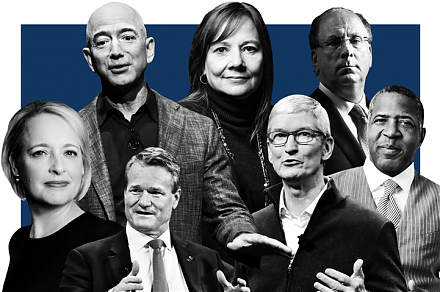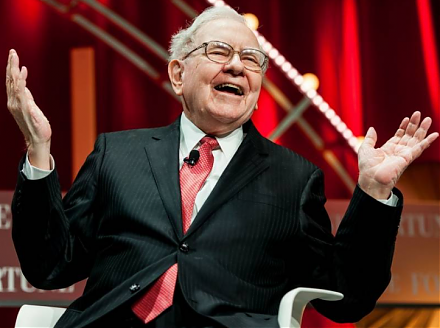

2018-09-19 12:38:00 Wed ET
technology antitrust competition bilateral trade free trade fair trade trade agreement trade surplus trade deficit multilateralism neoliberalism world trade organization regulation public utility current account compliance
The Trump administration imposes 10% tariffs on $200 billion Chinese imports and expects to raise these tariffs to 25% additional duties toward the end of this year. These new tariffs arise on top of prior punitive duties that the Trump administration enacted earlier in mid-2018 on $50 billion Chinese goods and services. Now U.S. tariffs hit more than half of Chinese imports to America.
China can choose to retaliate against American tariffs in several ways. First, China may impose tit-for-tat tariffs on $60 billion U.S. imports. This retaliation, however, stretches limits on the narrow scope of bilateral Sino-American trade negotiations. Second, China has the open option to offload its ownership of U.S. Treasury bills and notes. Such foreign investments help finance the perennial U.S. budget deficit. If the Chinese government decides to engage in large-scale U.S. government bond sales, the likely yield curve inversion adversely affects American economic output and employment. Third, China produces low-cost products for the typical American household. U.S. tariffs may thus inadvertently boost the costs of both household consumption and firm production in America. Higher inflation induces the Federal Reserve to accelerate its hawkish interest rate hike. Overall, these concerns shed skeptical light on the Sino-U.S. trade war that the Trump administration uses as a tactical solution to relentless bilateral trade negotiations with China.
If any of our AYA Analytica financial health memos (FHM), blog posts, ebooks, newsletters, and notifications etc, or any other form of online content curation, involves potential copyright concerns, please feel free to contact us at service@ayafintech.network so that we can remove relevant content in response to any such request within a reasonable time frame.
2019-02-01 15:35:00 Friday ET

Our proprietary alpha investment model outperforms the major stock market benchmarks such as S&P 500, MSCI, Dow Jones, and Nasdaq. We implem
2021-05-20 10:30:00 Thursday ET

Artificial intelligence, 5G, and virtual reality can help transform global trade, finance, and technology. Core trade technological advances and disruptive
2019-12-16 11:37:00 Monday ET

America and China cannot decouple decades of long-term collaboration in trade, finance, and technology. In recent times, some economists claim that China ma
2020-01-15 08:31:00 Wednesday ET

Anti-competitive corporate practices may stifle U.S. innovation. In recent decades, wage growth, economic output, and productivity tend to stagnate as U.S.
2018-11-27 10:37:00 Tuesday ET

Warren Buffett offloads a few stocks from the Berkshire Hathaway portfolio in mid-November 2018. The latest S.E.C. report shows that the Oracle of Omaha sol
2017-05-07 06:39:00 Sunday ET

While the original five-factor asset pricing model arises from a quasi-lifetime of top empirical research by Nobel Laureate Eugene Fama and his long-time co